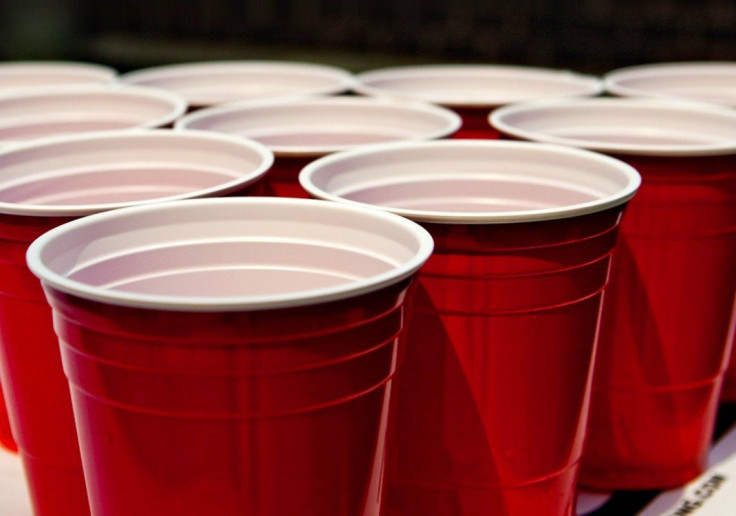College Students Have More Sex When They Binge Drink And Smoke Marijuana; Alcohol And Drugs Make Risky Decision-Making More Attractive

College may be the adolescent realm of experimentation, but a new study is finding that when students decide to hit the town, they leave better judgment at the door. Researchers from Oregon State University observed that undergraduates are more likely to have sex during binge drinking sessions, or while using marijuana. The research, published in the Journal of Studies on Alcohol and Drugs, is shedding light on when millennials are most at risk to have unprotected sex.
Unsurprisingly, associate professor in the School of Psychological Science and lead author of the study, David Kerr, observed that binge drinking students were less likely to use a condom. “People may judge risks, such as whether they will regret having sex or whether they should use a condom, differently when they are drunk,” he said in a press release.
But this wasn’t just the case with students having random hookups; college kids who were also in relationships were less likely to use a condom when binge drinking, putting them at risk for unplanned pregnancies or STDs.
Kerr said he was aware that many studies before his looked at how people will make more risky decisions sexually when under the influence of alcohol, but OSU's is the first to look at the difference between decision-making while sober, and decision-making while intoxicated. For the purpose of their study, the researchers defined binge drinking as having four drinks or more for women, or five drinks or more for men.
During the study, Kerr and his team investigated the lives of 284 college students, who were asked to report their daily marijuana and alcohol use, along with their sexual activity and condom use for 24 consecutive days. Researchers were particularly interested in how marijuana could impact risk behaviors; so far, little research has been done to assess marijuana in conjunction with sexual activities. Oregon’s recent legalization of recreational marijuana also calls for further research on the different ways alcohol and marijuana could affect the brain.
Overall, Kerr said that students who did use marijuana were more likely to have sex that day. But marijuana did not seem to impact whether a student used a condom. The researchers also found that whether or not the student was in a relationship contributed to their choice to wear a condom.
“Students in serious relationships had almost 90 percent of the sex reported in our study,” Kerr said. “But serious partners used a condom only a third of the time, compared to about half the time among single students. More frequent sex plus less protection equals higher risk.”
Kerr noted that these findings seemed to contradict the stereotype of the college student having casual, unprotected sex. On top of this, the researchers found that students were less likely to use condoms if they were using another form of birth control, suggesting students were more concerned with unplanned pregnancy than STDs. Kerr said that college students should be cautious; while you may be in a committed relationship now, it’s not guaranteed you will be with that partner forever.
Ultimately, the researchers hope that their findings will help focus where and when sexual health professionals should distribute messages regarding safe-sex practices. For instance, condom ads or free condom campaigns should target students at bars, or parties, along with students in serious relationships. They also note that more attention should be placed on the need to use condoms to prevent STDs.
Source: Kerr D, Washburn I, Morris M, et al. Event-level Associations of Marijuana and Heavy Alcohol Use With Intercourse and Condom Use. Journal of Studies on Alcohol and Drugs. 2015.



























